The charming Alpine hotel from the 19th century has seen its fair share of glory days. Back in the good old times, when it was thriving, tourists flocked to witness the breathtaking beauty of Rhône Glacier. Nestled along a picturesque winding mountain road, Hotel Belvédère offers a splendid location.
The Furka Pass, a haven for road-trippers in the high Swiss Alps, is so stunning that it even made an appearance in the James Bond film Goldfinger.
Perched near the summit, Hotel Belvédère sits in one of the most awe-inspiring spots. Even today, visitors come to catch a glimpse of the once-prosperous hotel and venture towards the glacier where the ice cave once captivated guests. When the road opens up in the summer, you can explore a 328 feet (100 meters) long tunnel and ice chamber.
Hotel Belvédère
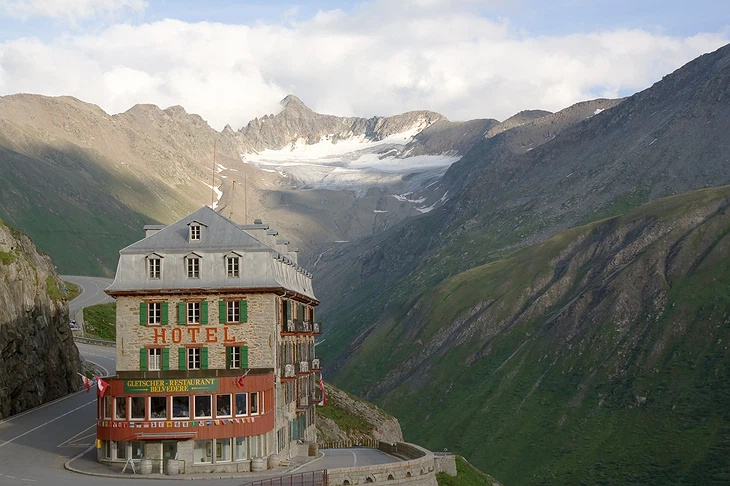
Hotel Belvédère’s distinctive architecture and its unique setting give it the appearance of a place right out of a James Bond movie – and indeed, it is! The renowned Furka Pass, a legendary Swiss mountain road, gained fame after being featured in the James Bond film Goldfinger.
In the 1964 spy movie, this picturesque mountain pass takes center stage. Following the film’s production, they even christened one of the curves on the east side as “James Bond Strasse” or James Bond Street.
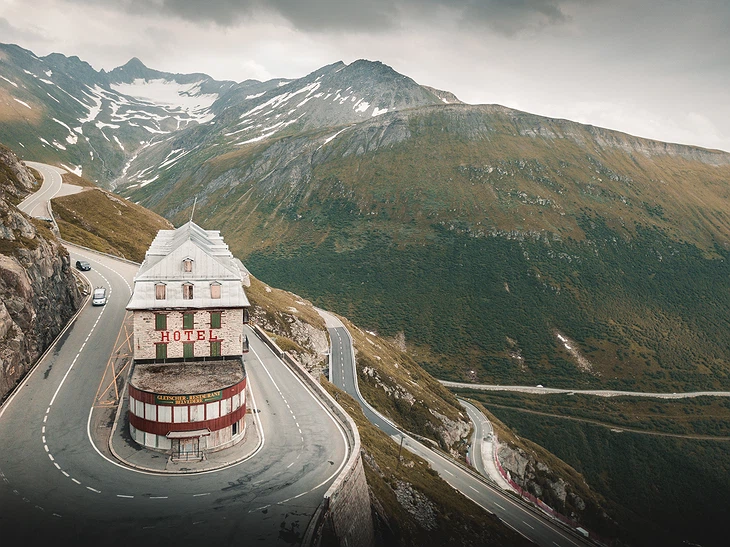
The thrilling car chase scene on the winding Alpine roads showcased an Aston Martin DB5 and a Ford Mustang, creating cinematic magic in the Valais region of Switzerland.
Belvédère’s Closure
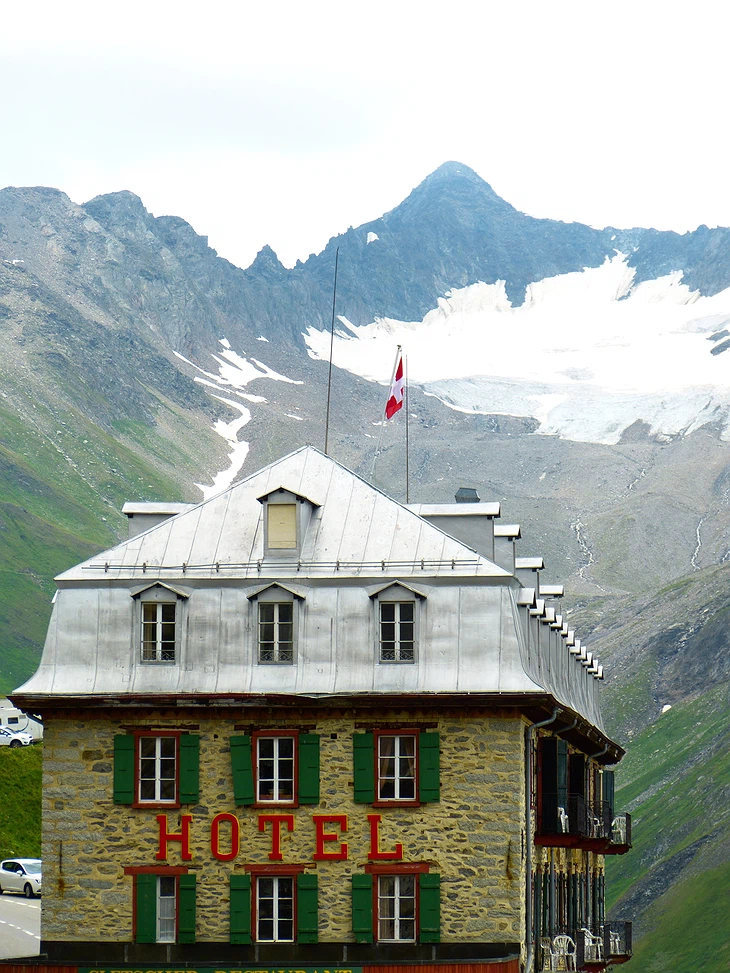
Hotel Belvédère ceased its operations indefinitely in 2016, marking a 35-year run. Regrettably, the closure is attributed to the adverse effects of climate change, making the hotel one of Switzerland’s early casualties to environmental shifts. Hopes are high for a viable solution to revive Hotel Belvédère. Meanwhile, it stands as a captivating historical landmark that has undergone significant transformations over the past century. Visitors are welcome to witness this remarkable piece of history until a sustainable revival plan is realized.
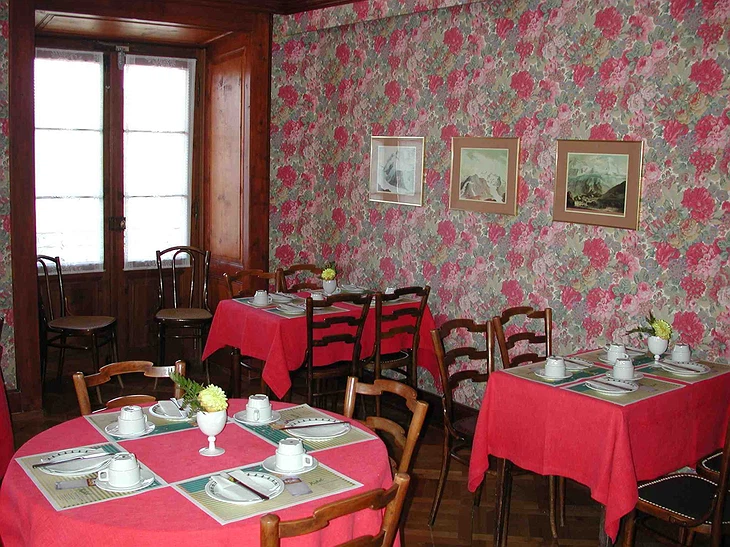
Before its closure in 2016, the restaurant at the hotel was a bustling hub, brimming with character. However, The Rose Hall presents a somber scene today, marred by broken windows – a result of some visitors disrespecting the heritage building. Vintage chairs and tables now sit stacked in a corner, telling tales of its former vibrancy. The 11,000-year-old glacier, once at the doorstep, is receding at a rate of 10 centimeters each day, gradually distancing itself.
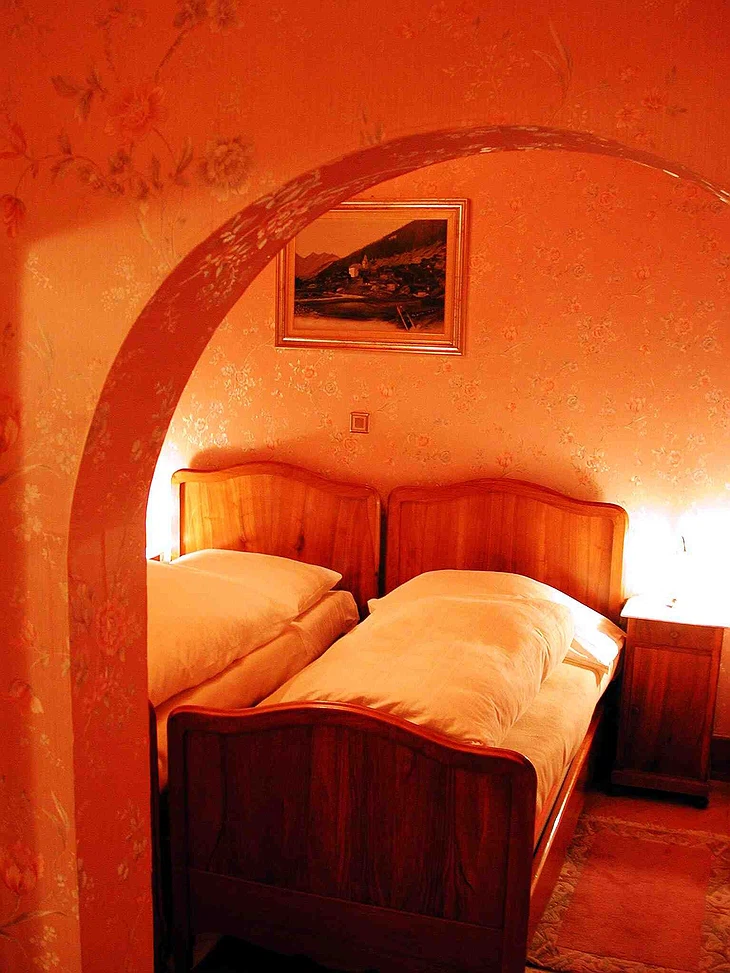
Adding to the challenges, the ice tunnel can no longer be safely carved into the glacier. Consequently, the unique spectacle that once drew thousands, including notable figures like Pope John XXIII and Sean Connery, is sadly no more.
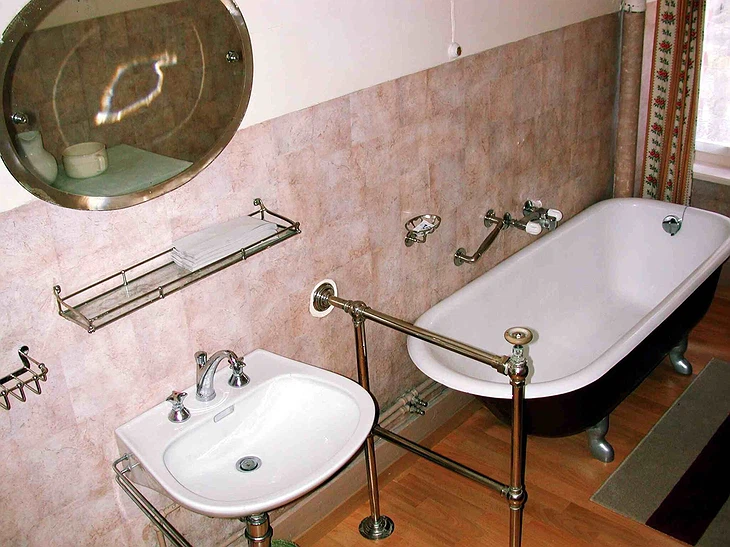
Even in its closed and abandoned state, Hotel Belvedere’s building remains a popular spot for visitors who park their cars and capture photos of this distinctive composition. Situated roughly halfway between Milan and Zurich, near the Swiss-Italian border, the Furka Pass draws tourists from both countries.
So, what led to the challenges? The iconic Belle Époque building demands more attention than meets the eye. Rosemarie Carlen, who managed Hotel Belvédère Rhonegletscher for a decade, shed light on the intricacies of operating a business in the high Alps.
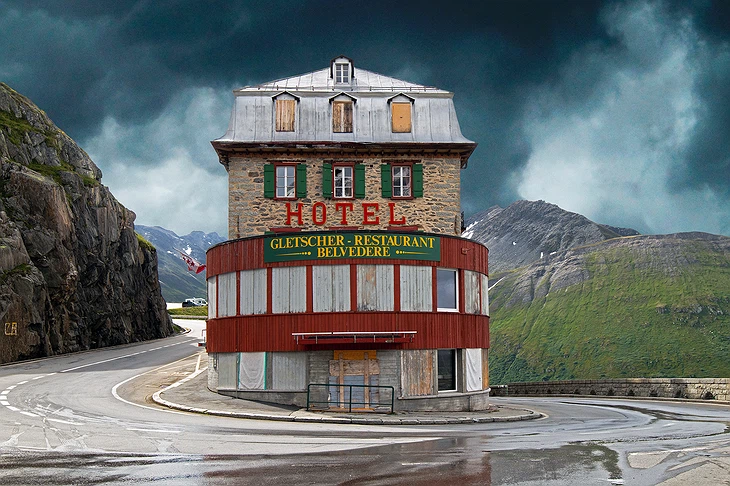
Every winter, the building had to undergo a form of hibernation. This involved shutting down water pipes and electricity, and relocating anything vulnerable to the harsh weather. When spring arrived and the road leading to the hotel, the Furka Pass, remained closed, they had to resort to helicopter transport to get everything ready for the upcoming season. The unique demands of this alpine location added a layer of complexity to the day-to-day operations.
RECOMMENDED: Burj Al Babas: Tour The Ghost Town Of Abandoned Fairytale Castles
Rhône Glacier, in its pre-climate change state, prior to the impact on the ice extent.
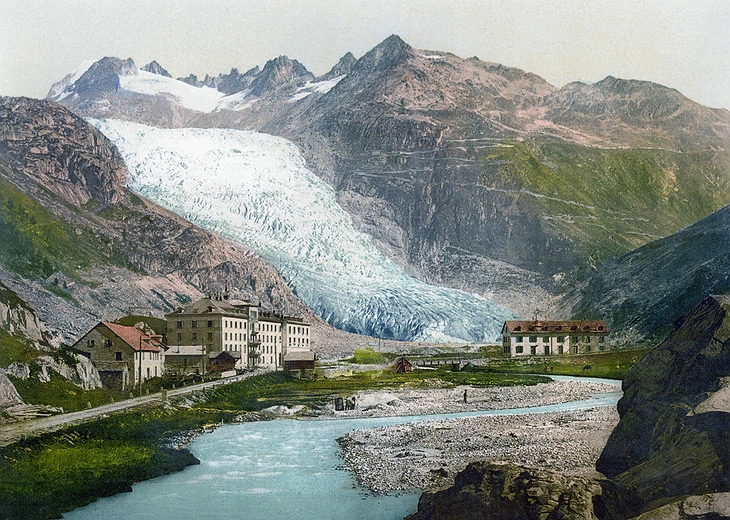
Presently, the structure of the once-grand hotel wears a forlorn look, its windows boarded up to ward off squatters and looters. Despite this, the iconic mansard roof of Belvédère Glacier du Rhône, adorned with its stone facade, and the red wood-clad front of Rose Hall still present a captivating spectacle. The backdrop of the 180-degree bend of the Furka Pass against the stunning Alpine scenery adds to its allure, especially on a starry night.
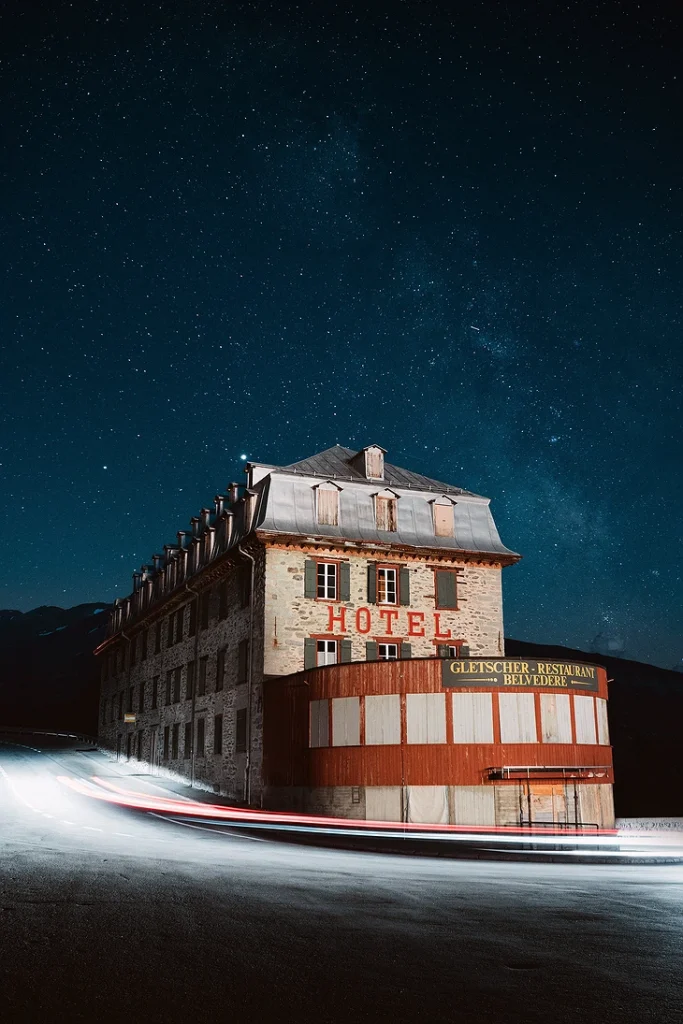
Even in its closed and abandoned state, Hotel Belvedere’s building remains a popular spot for visitors who park their cars and capture photos of this distinctive composition. Situated roughly halfway between Milan and Zurich, near the Swiss-Italian border, the Furka Pass draws tourists from both countries.
Exploring the abandoned Hotel Belvedere is done in style. The Furka Pass boasts one of the finest winding roads, offering breathtaking scenic views throughout the journey.
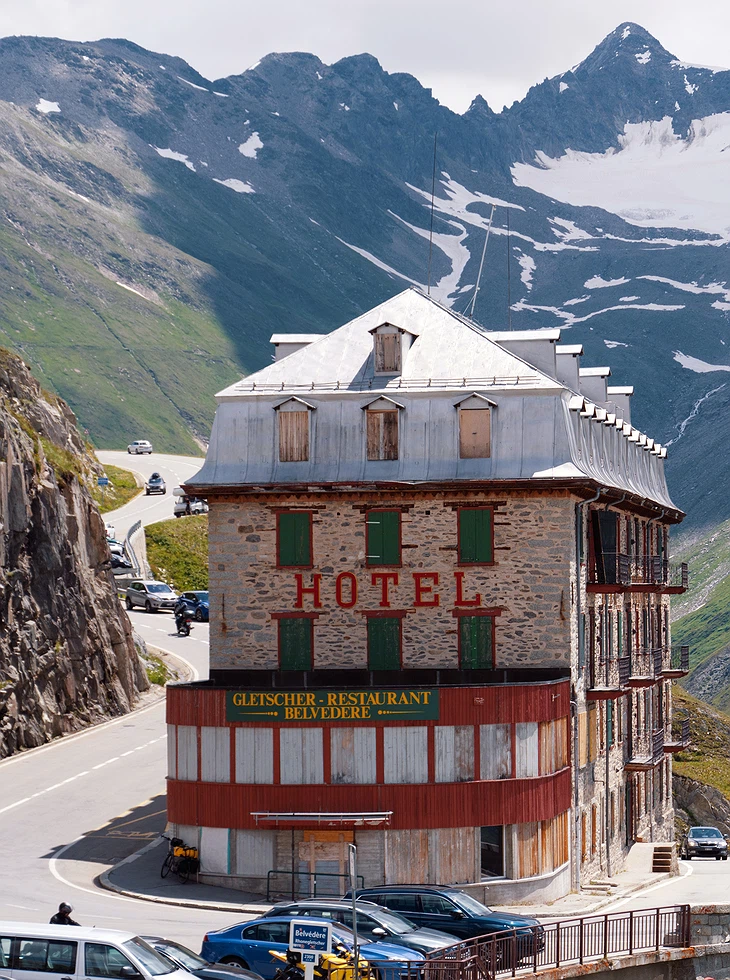
For motorcar enthusiasts keen on a joyride, this route is a popular choice. The road leading to Hotel Belvedere is accessible only from spring to autumn, typically spanning from June to mid-October. However, the specific dates hinge on weather conditions, and Swiss authorities retain the right to close down the Furka Pass at any given time.
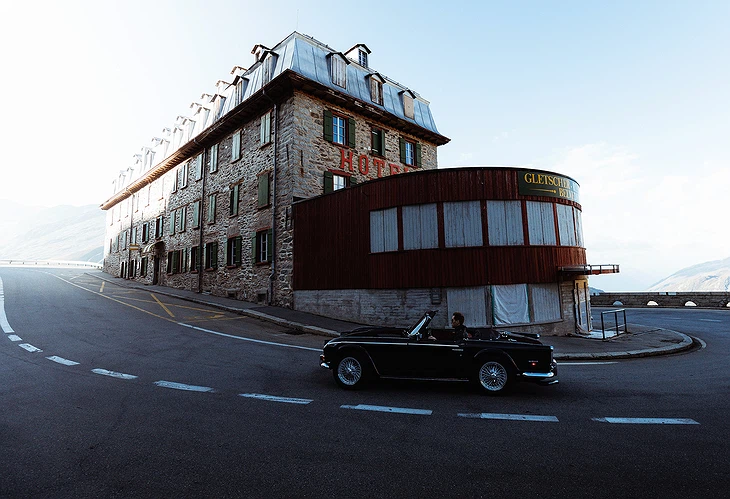
If luck is on your side, an early autumn visit might unveil the snow-draped hotel set against the majestic backdrop of the Alpine peaks.
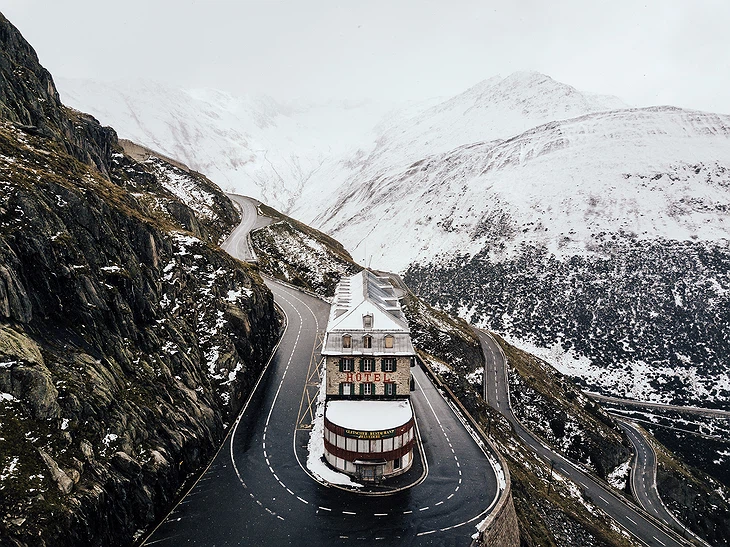
View of the hairpin turns along the Furka Pass route in Switzerland, captured from the perspective of the Grimsel Pass route. (Photo by Ilirjan Rrumbullaku)
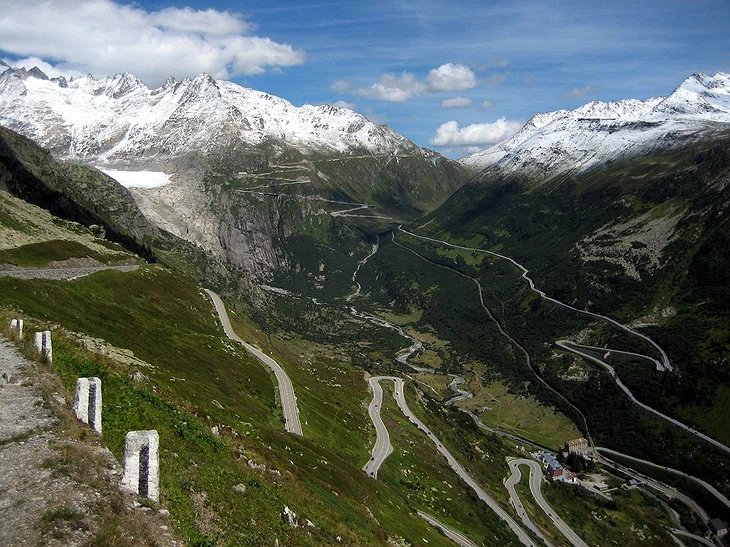
Furka Pass
Furka Pass, standing proudly at an elevation of 7,969 feet (2,429 meters), is a lofty mountain pass renowned for its breathtaking winding roads in the Swiss Alps. It serves as a vital link connecting Gletsch in Valais with Realp in Uri. Ranked as Switzerland’s fourth-highest mountain pass, its summit reaches an impressive 7,922 feet (2,436 meters) above sea level. While the road is steep, posing no issue for cars, it presents a formidable challenge for bikers. The climb features an average gradient of 7.3%, with a maximum incline reaching 11%.
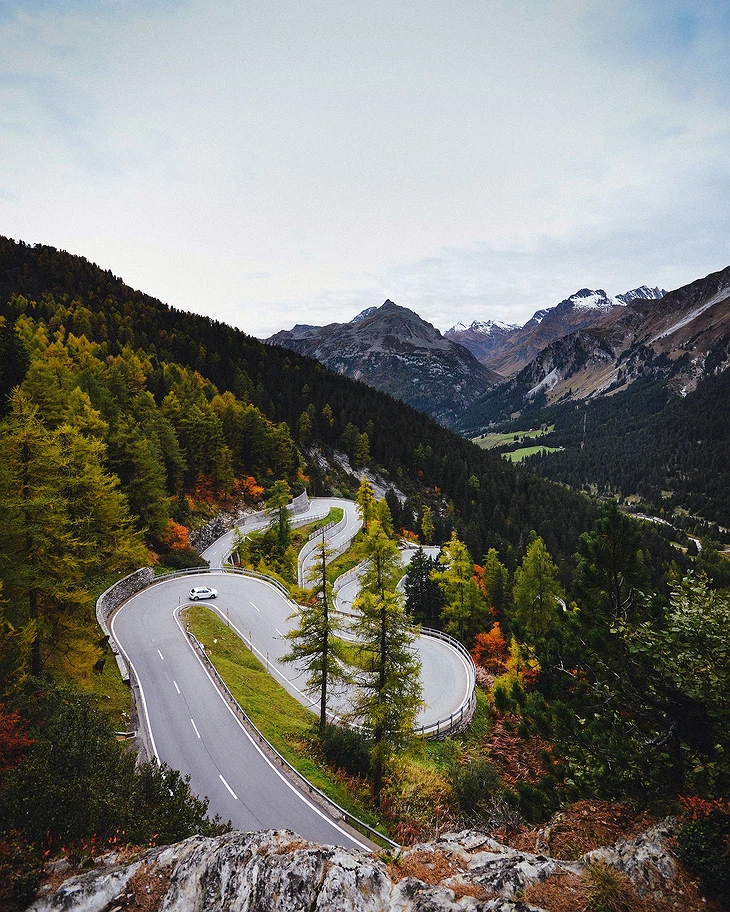
Situated in the Swiss Alps, the high mountain pass with its distinctive landmark building is approximately 82 miles (132 kilometers) from Zürich, translating to a roughly two-hour drive. If you embark on the journey from Milan, the road trip spans 127 miles (205 kilometers), requiring approximately 3.5 hours to reach your destination. Regardless of your starting point, the Alpine road unfolds as a haven for petrolheads, offering picture-perfect winding roads and breathtaking views along the way.
RECOMMENDED: Villa Carpeneto – Italy’s Abandoned National Monument